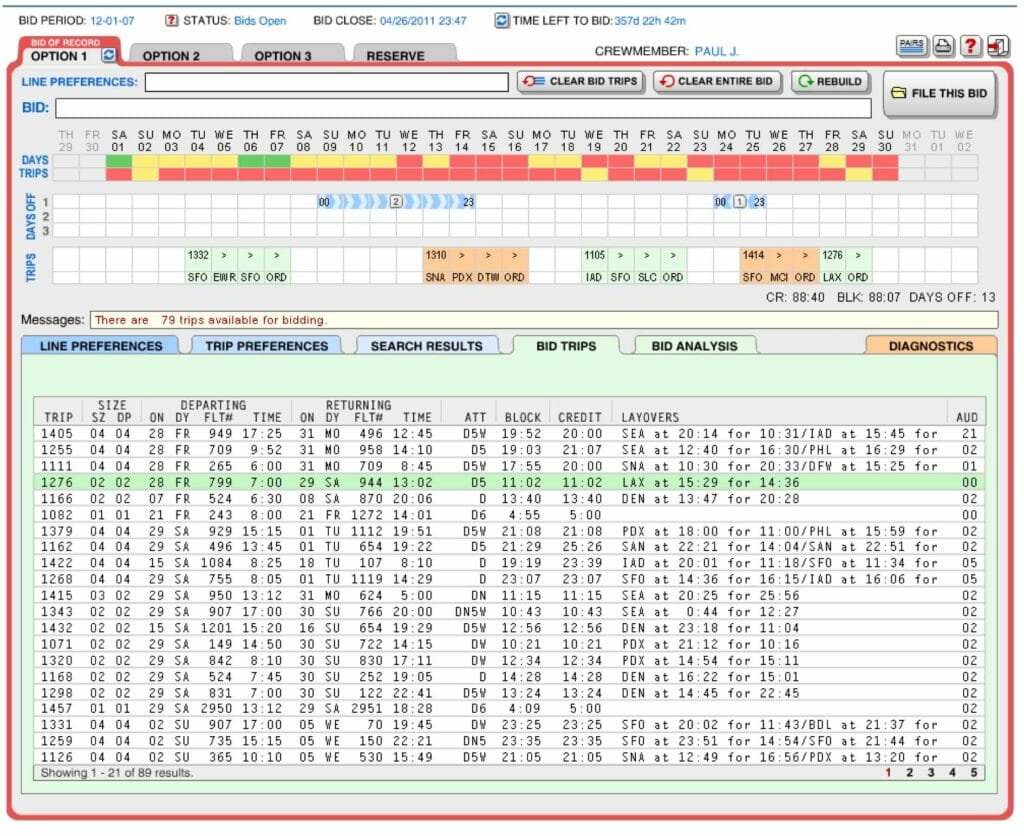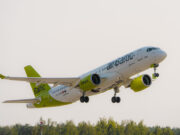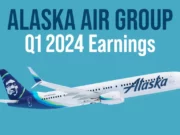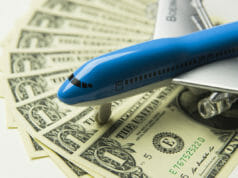A pilot’s quality of life is heavily dependent on his or her schedule for the month. Variables such as days off, total month credit, and commutability of a trip all factor into how each pilot dictates his/her preferences for the upcoming month. Depending on the airline, there are two methods for determining one’s schedule: Preferential Bidding System (PBS) or line bidding. This article will take a look into the Preferential Bidding System.
Most airlines utilize the Preferential Bidding System, because it is cheaper to operate than line bidding. PBS allows the pilot to input his or her preference for what trips he or she desires. All of the trips for each base are input into a pool. Pilots rank their preferences for that month which will dictate, primarily in seniority order, what trips each pilot is awarded. These preferences include specific days off, trip start/end time (such as ending earlier than 1700 to make it commutable) and credit hours. Most airlines will allow pilots to have trips be “awarded or avoided,” but some airlines only have only one option, thereby making it more difficult for pilots to get the trips they desire. In short, this means that pilots must either enter their preference of being awarded certain trips or avoiding certain trips.

Some PBS systems use a process called globalization to attempt to award all of the pilots what they desire, attempting to satisfy the pilot group’s preferences in seniority order. If a pilot is not specific in his or her preference and a more junior pilot is more specific, the more junior pilot may end up having a schedule more accurate to his or her input preferences. For example, if a senior pilot specifies to have four day trips more than 20 credit hours and a more junior pilot specifies to have four day trips worth more than 24 credit hours, it is possible the more junior pilot is awarded higher value trips. Other airlines may utilize a PBS system that does not attempt to satisfy everyone and simply award trips strictly on seniority order.
There are a couple of airlines that have the capacity to show pilots their real time bid, stringent on more senior pilots placing their bid preferences. This allows pilots to see their potential schedule, to an extent, thereby allowing them to alter their bid if it is not something they like. Although ideal, the system is responsive to all pilots inputting their preferences due to globalization, and any pilot making a change may affect every other pilots’ schedules (even pilots more junior). Most airlines though do not allow pilots to see a real time snapshot of their projected schedule.
In a vacation month, each airline will specify how much credit is assigned to each vacation day. The pilot needs only a certain amount of trips for the month that will allow him to reach the minimum credit specified by the airline (generally the minimum credit for a month is 75 hours). Companies typically award vacation days in a block of seven days for pilots to bid for. For example, if a pilot is bidding in a vacation month and has a week of vacation (with each day crediting four hours, yielding 28 credit hours), then the pilot only needs trips that total 57 credits (75-28=57). It is not uncommon to have a vacation week be turned into more than 14 days off in a row if the pilot bids properly.
Almost all the airlines provide a guide (written documents, as well as videos) to assist the pilots in bidding. The time frame pilots have to bid is usually around four days, with some airlines allowing as many as seven days for pilots to input their bid preferences. Airlines are transparent in how schedules are awarded to pilots. Most of the time the system that generates the schedule will allow pilots to see what more senior/junior pilots received while some airlines require pilots to go through the appropriate union committee to verify if bids were awarded in seniority order. Schedules are generally published around the middle of the month, with one airline, that I know of, publishing it as late as the last week of the month.

When determining quality of life for a pilot, his/her monthly schedule weighs heavily. Being able to understand and utilize the bidding system in place at the airline is paramount. If pilots understand these limitations, it is possible to obtain a schedule that meets a pilot’s preferences, sometimes regardless of seniority.






















































